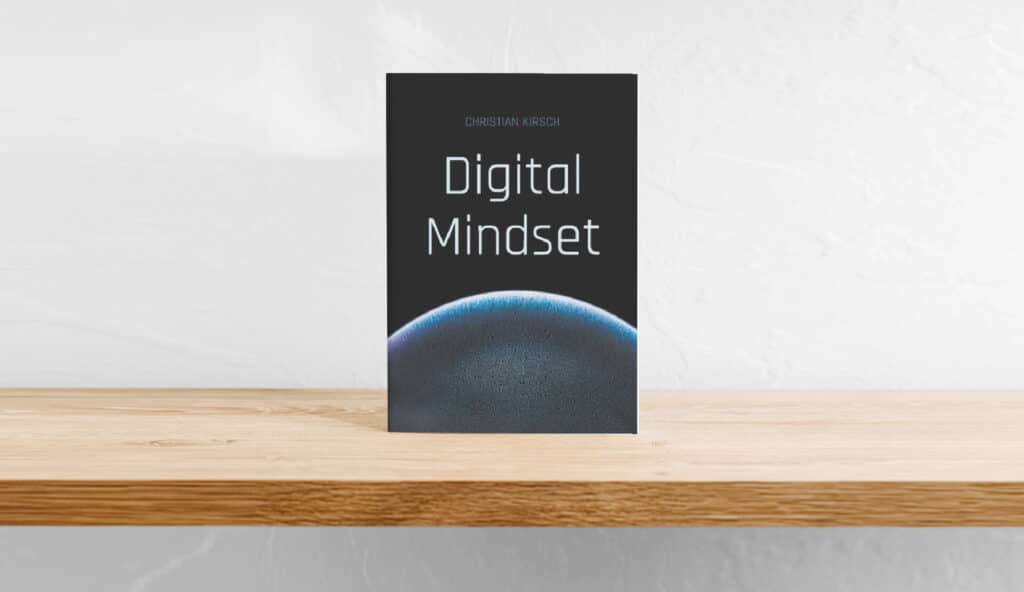Guest article: Bytabo
The word with a D and the origin of digital business models: digitalization. Presumably very few people can avoid it and companies that want to remain fit for the future should have had it at the top of their agenda for a long time. Although we look at this megatrend from various angles and have different points of contact with it, one thing is usually at the forefront: technology. It should be better, faster and smarter, acquire new customers, improve customer experiences, increase sales and optimize processes. And while we are preparing ourselves for new challenges in a frenzy of change, we are trying hard to find solutions that may already be here.
Digitalization as a driver not only opens doors for completely new business models. Above all, it serves as a catalyst for the digital transformation of existing business models. No matter how you look at it, digitalization has been around for a long time and is not taking a step back. It determines the success or demise of business models and confronts entrepreneurs with the decision: go with it ... or leave.
Digital business models enable companies to react quickly to market changes and constantly changing customer needs and expectations. SMEs in particular must therefore see this megatrend as an opportunity and network digitally in order to stay ahead of the game. However, this will only work if the focus is on people. The best software and the latest technology can be used to tick off the digitization agenda. However, they will not lead companies to success if the relevant stakeholders are not involved: Employees must therefore be involved from the outset in order to be motivated to go along with process changes. Customer-centric solutions are also needed to bring consumers and producers closer together again.
But does the wheel really need to be reinvented? Isn't the real change the new technology? And can't we take proven success factors from previous business models and re-integrate them?
Today, corner shops are synonymous with many aspects that we miss in today's business models. Corner stores - as we remember them - died out back then because they were too costly and time-consuming, while at the same time making too little profit, and because customers acted too independently. Everyone may remember them differently. But we would like to say one thing: most of us probably long for "that feeling" again. What if Aunt Emma no longer stands behind the counter in the future, but instead helps to shape digital processes?
Let's transport ourselves back to the year 1950 for a moment. We don't have a smartphone with a digital shopping list in our hands, but a handwritten paper list and make our way to the corner store around the corner. And suddenly there is a feeling of...
Security.
The corner store was also a meeting place, a kind of living room, a place for exchange and, for some customers, an opportunity for self-expression.
Using digital tools, this feeling can now also be transferred digitally when personal (customer) contact is no longer necessary. Modern companies that offer their customers and employees digital places to interact are well ahead of the game.
Availability.
Although goods were often unavailable in these times, Tante Emma always knew how to offer her customers a suitable alternative. She cleverly used the fact that products were sometimes difficult or impossible to obtain to her advantage and convinced her customers of products that they might not even have considered.
In this way, Tante Emma was wavelengths ahead of today's online stores. By offering suitable alternatives, customers can now be persuaded to make a purchase who would otherwise have turned to the competition if the desired product was not available.
Communication.
Tante Emma was in constant communication with her customers. She informed them when or if new goods would arrive and communicated opening times. You could rely on her.
Today, information sharing is done at the click of a mouse. Customers expect fast and up-to-date information about the availability of products, opening hours, delivery times or company updates, which must be available digitally and, above all, at any time.
Consulting.
If anyone knew their customers, it was probably Aunt Emma. She could talk about every product and give her customers plenty of tips. She knew all the pros and cons and one thing above all: what her customers liked and didn't like. She knew when and how often they came into her store, which products they liked or might even like. Her individual style of advice naturally had the background of also increasing her customers' sales. And who doesn't like to buy when they receive professional and honest advice?
Advice begins online long before the actual purchasing process and then goes beyond that. Products can be presented, described and explained digitally. Online platforms allow customers to contact the company directly to ask questions about the product - which brings us back to the first point - while at the same time opening up opportunities for the company to make additional sales. Any complaints can then be handled digitally. This is where the final decision is made as to whether the customer returns or leaves.
...the wheel does not have to be reinvented. We only need to (re)recognize original successes and transfer them to the digital world. The challenge for digital business models is rather the cultural change that is necessary to convince employees and customers of agile technologies. Employees and customers alike must be taken along on the journey. After all, digital transformation starts with people as well as technology.




